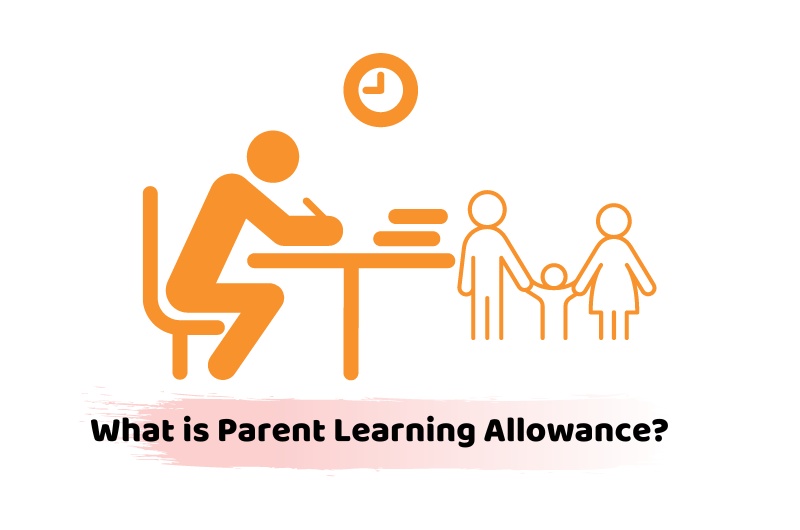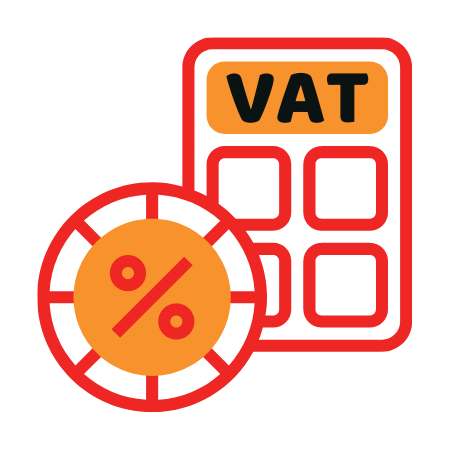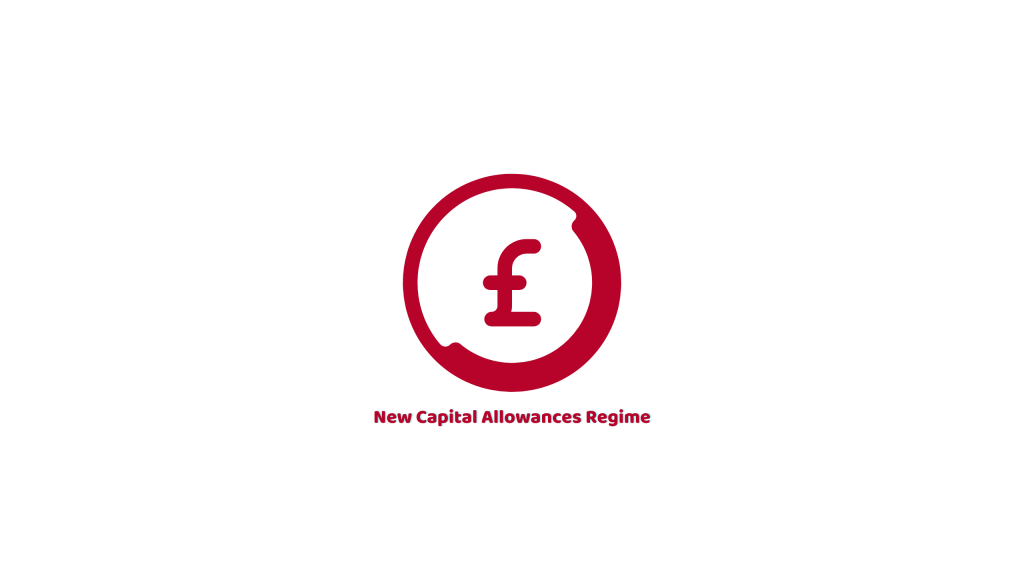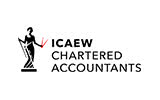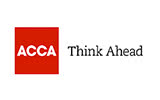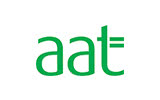There have been some major changes to capital allowances claims (i.e. asset depreciation rates permitted for tax purposes). Which came into effect on 6 April 2008 and 2009 (1 April 2008 and 2009 for companies). Minor changes on 6 April 2010 and 2011 (1 April 2010 and 2011 for companies). Further significant changes proposed from 6 April 2012 (1 April 2012 for companies). I thought it would be useful to summarise these and draw your attention to some important tax planning points.
Writing Down Capital Allowances
What is capital allowance rate? This has been reducing from 25% to 20% with effect from April 2008 and is scheduled to reduce to 18% with effect from April 2012. From April 2008 the rate of writing down allowances for long-life assets increased from 6% to 10%. The new category of the plant has been introducing, being integral fixtures that now qualify for writing down allowance at 10% p.a. However, the 10% rate is schedule to reduce to 8% from April 2012. All writing down allowance rates are applicable to the reducing balance each year although once the value of all items considers together becomes £1,000 or less the whole amount can be claim in full.
Annual Investment Allowance (AIA)
Relief is now given at 100% on an annual investment allowance of £100,000 p.a. (£50,000 to April 2010 and schedules to be £25,000 from April 2012) of capital expenditure (basically, the first-year allowance of 100% currently limits at £100,000) and is available to businesses of all sizes on plant, machinery, and fixtures, excluding motor cars and long-life assets. The monetary ceiling is divided up between businesses/partnerships under common control and companies in the same group, or companies under common control carrying out similar activities or at the same location. The annual limit is reduce proportionately for accounting periods of less than twelve months and is time apportion between accounting periods in which a different ceiling limit applies.
Integral fixtures which do not fall within the £100,000 annual investment allowance vans limit only qualify for a 10% (8% from April 2012) writing down allowance via a new reduced rate pool. The types of expenditures involve include lifts, escalators, heating, and cold water systems, air conditioning systems, wiring, and certain other items of plant and machinery which become part of the building into which they fit. Plant and machinery not being integral fixtures and in excess of the £100,000 limit falls into the general pool and qualifies for the 20% (18% from April 2012) writing down allowance from the year of acquisition onwards.
Enhanced Capital Allowances on Energy Saving and Environmentally Beneficial Plant
The rate continues at 100% (and does not count towards the use of the AIA ceiling limit) but loss-making companies can now surrender their allowances for repayable tax credits, similar to research and development tax credits already available. (Note that that facility does not apply to low emission cars and in any event, only applies to companies and not individuals or partnerships.)
Motor Vehicles
From April 2009 the expensive car rules (in which capital allowance rates are restricted to £3,000 p.a. but on disposal, a balancing allowance is granted to the extent of all previously unrelieved expenditure) were replaced and on additions from April 2009 allowances are available based on the car’s CO2 emissions as set out below:
- 100% First Year Allowances will continue for cars with emissions up to 110g/km and (from April 2010) for new zero-emission commercial vehicles.
- Commercial vehicles (other than the ones which are new and have zero emissions) are handle as plant and machinery and can qualify for the AIA (subject to the annual ceiling limit which has to apply on all plant, machinery, fixtures, integral fixtures, and commercial vehicles in aggregate) and to the extent not relieve via the AIA are entitle to the 20% (18% from April 2012) writing down allowance.
- Cars with emissions between 111g/km to 160g/km are to include within the general plant and machinery pool and qualify for the 20% (18% from April 2012) annual writing down allowance. Such cars will not qualify for the Annual Investment Allowance.
- A new pool with lower writing down allowance (10% – 8% from April 2012) has been introducing for cars with emissions exceeding 160g/km. Such cars will not qualify for the Annual Investment Allowance.
As all cars are to be pooled, there is unlikely to be balancing allowances available for companies on disposal as the pool will continue for the life of the trade. Individuals and partnerships with vehicles that include a private use adjustment should continue to qualify for a balancing allowance as and when disposal takes place at less than the written down value for tax purposes.
For leased vehicles and hire cars for 45 days or more acquired from April 2009 onwards a 15% disallowance of lease/hire costs incurred will apply to cars with emissions of 160g/km and above.
One other point to consider is the definition of a van, especially in the context of double cabs and other hybrids. This is complex and depends on the make and model of the specific vehicle but broadly is a vehicle of less than 3500 kg of construction design primarily for the conveyance of goods or burden (rather than people).
Note that it is the purpose for which the vehicle’s design that is important (actual usage is irrelevant).
Also note that HMRC generally accepts double-cab pickups with a payload of one tonne or more as vans and apparently the Land Rover Defender 110 with blank out windows behind the second row of seats also classify as a van (note that the category under which a vehicle is registered for road tax is likely to be accepted as evidence of its status, i.e. categories TC48, 49, 59 are cars whereas categories TC36 and 39 are light goods vehicles).
Transitional Periods
Where an accounting period straddles 1 April 2012 (companies) and 6 April 2012 (individuals/partnerships) the writing down allowance will be calculated by time apportioning the old and the new rates. Similarly, where an accounting period straddles a date on which the annual investment allowance changes a time apportionment of the old and new ceiling limit will apply. Furthermore, the allowance available for qualifying expenditure post 1/6 April 2012 has a limit to a maximum by reference to the new lower annual £25,000 figure. In practice, this means that to maximize the allowance on all but the smallest items expenditure needs to incur on or before 31 March 2012.
If a short life asset election takes place, the separate pool will continue with the hybrid rate as above and apply in the transitional period and the 18% rate available thereafter. Short life asset elections cannot assemble for integral fixtures or motor cars.
Expensive cars (i.e. those costing more than £12,000!) owned at the April 2009 transitional date will continue to qualify for a 20% (18% from April 2012) writing down allowance subject to a maximum of £3,000 p.a. and a balancing allowance on disposal but after five years, i.e. in April 2013, any vehicles subject to the transitional rules at that point will be merged into the new system.
Planning Points
- Certain items, particularly cold water supplies and electrical wiring which under the previous regime did not qualify for plant and machinery allowances, now qualify (albeit for only a 10% – 8% from April 2012 writing down allowance unless the items in question qualify for the annual investment allowance) and relevant expenditure will need to be identified.
- Possible new motor car purchases, lease, or hiring for more than 45 days should be of a type producing emissions of 160g/km or less.
- Consideration to give to short life asset elections to qualifying expenditure in excess of the £100,000 (£25,000 from April 2012) Annual Investment Allowance especially as Finance Act 2011 is to extend the short life election period to eight years (from four) in respect of expenditure incurred on or after 6 April 2011 (1 April 2011 for companies).
- Manufacturers and distributors of the energy-saving plant on which a 100% first-year allowance is available usually issue some sort of certificate of compliance which needs to be dealt with when producing tax computations.
- As the annual investment allowance is schedule to be reduce in April 2012 (from £100,000 p.a. to £25,000) plant and machinery additions in the accounting period ending after 31 March 2012 should incur on or before 31 March 2012 to avoid the significant restriction which applies to the Annual Investment Allowance thereafter.
- Disposals of expensive vehicles acquire before April 2009 which take place before April 2013 should generate an immediate balancing allowance on disposal rather than being merge into the new system in April 2013 if still belongs to someone at that date and only generating writing down allowance over a considerable number of years.
Let our accountants in London make things easier to understand for you. We’re friendly, proactive, young and keep up with all the latest developments in your business to make sure you’re on top of your game.


























